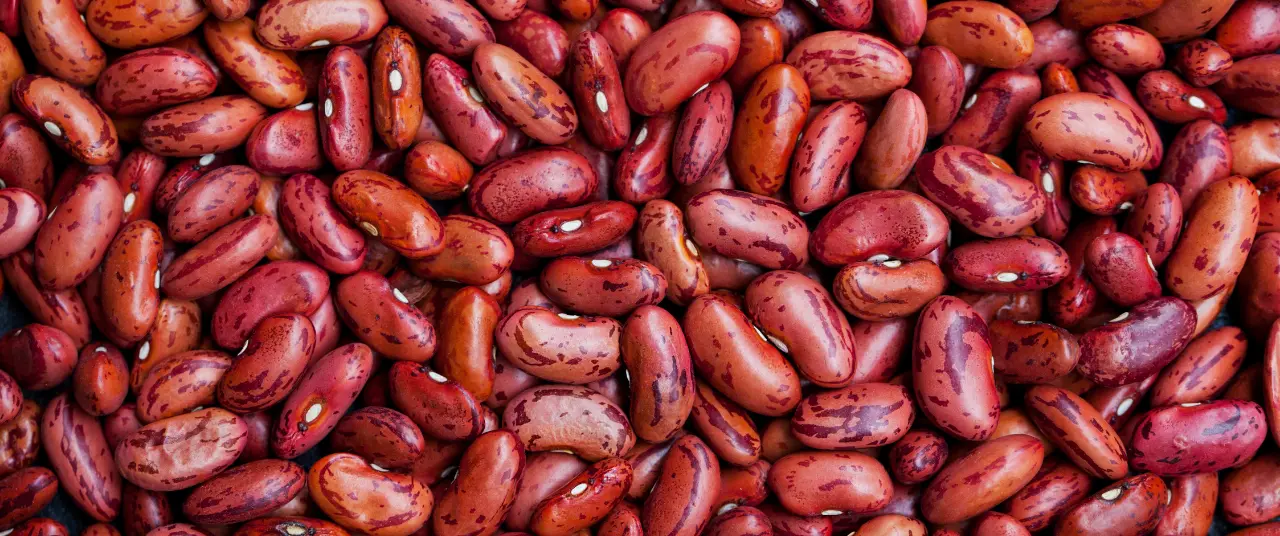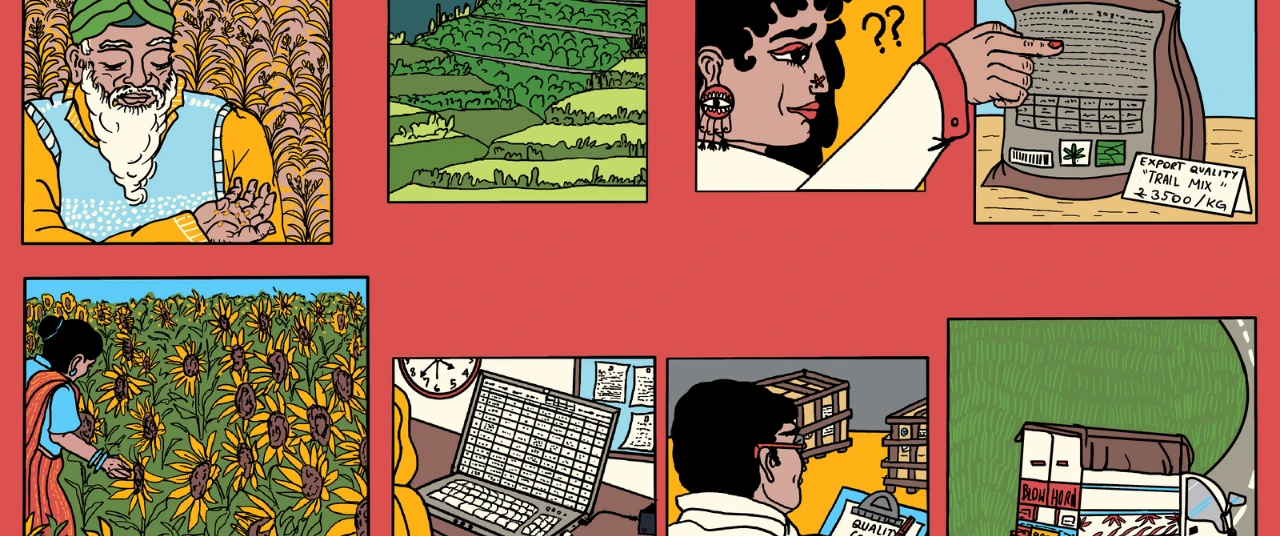Confusion breeds after FSSAI’s quick reversal on regulating milk labels






India’s love for dairy products – doodh, paneer, ghee, khoa, and dahi – is baked into its culture. As the world’s largest producer of milk, contributing 25% to global production, India faces immense demand for its dairy products. Yet, despite this massive consumption, per capita dairy intake remains low compared to global standards. With the industry projected to be worth USD 131.5 billion in 2024, major brands are keen to tap into this potential growth.
Branding and marketing are crucial for capturing consumer interest, alongside production and manufacturing. Recently, the Food Safety and Standards Authority of India (FSSAI) intervened in the ongoing debate over A1 and A2 milk. The regulator initially ordered the removal of 'A1' and 'A2' claims from packaging, deeming such labelling misleading. However, this order was swiftly revoked, creating a media frenzy.
“The FSSAI’s decision to withdraw its order on A1 and A2 milk might stem from logistical challenges in distinguishing and certifying milk types across India’s vast dairy industry. Additionally, the lack of conclusive scientific evidence to justify separate regulatory standards likely played a role in this decision,” said Venugopal Badaravada, a member of the general body and governing body of the Indian Council of Agricultural Research (ICAR) Society.

Understanding A1 and A2 milk
A2 milk is usually much more expensive than A1 milk, leading the FSSAI to step in and regulate how it's marketed. A2 milk has a specific protein called beta-casein.
Caseins and whey proteins make up over 95% of the proteins in cow's milk, with beta-casein offering a well-balanced mix of amino acids, according to a paper from the National Medical Library. While Western dairy cows produce both A1 and A2 beta-casein, Indian breeds generally produce only A2. The higher price of A2 milk comes from the fact that it comes from native breeds like Hallikar and Malnad Gidda, which produce less milk than commercial breeds like Holstein, making it more costly.

“Many believe A2 milk is easier to digest due to its protein structure, which resembles that found in human breast milk and certain animal species like goats. This stems from research suggesting that A1 milk, when digested, can produce a peptide called BCM-7, which might cause discomfort, bloating, and digestive issues in some individuals,” said nutritionist and food coach Anupama Menon.
“Although scientific consensus is still emerging, consumers who experience intolerance to A1 milk often turn to A2 milk for relief. Moreover, A2 milk is often seen as more "natural" since it comes from Indian native breeds, which aligns with the desire for organic and traditional foods,” she added.
Consumer appeal
People continue to buy the more expensive A2 milk for several reasons:
Health benefits: A2 milk is popular because it’s seen as easier to digest. While the science is still developing, many with mild dairy sensitivities say they can tolerate A2 milk better.
Lower risk of disease: Some studies suggest A1 beta-casein may be linked to conditions like Type 1 diabetes, heart disease, and autism. Though not proven, the idea that A2 milk might lower these risks appeals to health-conscious buyers.
Premium image: A2 milk is marketed as a premium product, attracting people willing to spend more for what they see as a healthier, higher-quality option. Its connection to native breeds and sustainable farming also adds to its perceived value.
Support for native breeds: Some choose A2 milk to support local farmers and indigenous cattle. This decision often comes from ethical and environmental concerns, helping preserve traditional breeds and sustainable practices.
Price comparison: A2 milk costs Rs 90 to 250 per litre, but it’s still cheaper than niche options like donkey milk, which can sell for Rs 5,000 to 7,000 per litre. Plus, delivery services in cities make it easy to access.
Cultural importance: In rural areas, cow’s milk has long been given to children when breastfeeding isn’t possible. Indigenous cow milk, like A2 milk, is often preferred over buffalo milk due to its nutrition and cultural significance.
Anupama said people choose A2 milk for their children, believing it offers gentler digestion and reduces the risk of discomfort, allergies, or lactose intolerance.
“However, there is no hard-and-fast rule that A2 is better for children than adults. In fact, adults, particularly those with sensitive digestive systems or those seeking natural food options, also make up a significant portion of A2 milk consumers. The preference largely depends on individual digestive health rather than age,” she added.
Nutritional differences and health risks
Nutritionally, A1 and A2 milk offer similar levels of protein, calcium, and vitamins. However, milk from indigenous breeds, which produce A2 milk, generally has a higher fat content (4%-8%) compared to Holstein Friesian (HF) and Jersey breeds (3%-3.5%). This higher fat content provides additional energy and essential fatty acids.
Many believe A2 milk is easier to digest for those with lactose intolerance, but that’s a misconception. "All milk can cause lactose intolerance," Badaravada said. The difference is A2 milk may help people with casein intolerance or allergies, as it's not related to the lactose (sugar) in milk. He added that understanding this distinction could help consumers make better choices.
Many people digest A1 milk just fine, and the potential risks of A1 beta-casein are still being debated. While A2 milk might help those with sensitivities to A1 protein, claims that it can cure or prevent various health issues are overstate, he said.
He also pointed out that some believe raw, unpasteurized milk is more nutritious, but it carries serious health risks like bacterial contamination. "Pasteurisation is crucial for safety and doesn't significantly reduce nutritional value," he said.
Though there is some evidence that people who consume milk with high levels of A2 beta-casein may have a lower risk of heart disease and type 1 diabetes, companies often overhype A2 milk as healthier than A1. Factors like the cow's feed quality also matter. For example, grass-fed cows produce milk richer in omega-3s and CLAs, which is safer for those with corn and soy allergies.
As of now, there isn’t enough research to confirm clear health benefits of A2 milk. This lack of evidence might be why FSSAI withdrew its advisory to businesses, asking them to stop making claims about A1 and A2 milk on product labels.
Call for better regulations
In a letter to Prime Minister Narendra Modi, Badaravada urged him to request FSSAI to withdraw its directive and set up a committee of experts to review the situation.
He recommended a few steps the government could take to improve regulations:
Clear labelling: The government could require clear labels for A1 and A2 milk, so consumers can make informed choices based on their preferences.
Certification system: A reliable certification process using standardised testing for A2 milk could help ensure product authenticity and build consumer trust.
Public awareness: Campaigns to educate people about the real differences between A1 and A2 milk could clear up misconceptions, helping consumers make better decisions.
Support for indigenous breeds: Promoting local cattle breeds would not only grow the A2 milk market but also support sustainable farming and improve rural livelihoods.
“These measures would balance consumer needs with market transparency, benefiting both producers and consumers,” he said.
{{quiz}}
Explore other topics
References
1. Press Information Bureau (PIB). (2024, August 17). A1 and A2 milk: Guidelines issued by FSSAI. https://pib.gov.in/PressReleaseIframePage.aspx?PRID=1897084
2. Custom Market Insights. India dairy market - Growth, trends, Covid-19 impact, and forecasts (2023 - 2030). https://www.custommarketinsights.com/report/india-dairy-market/
3. Food Safety and Standards Authority of India (FSSAI). (2024, August). Advisory on A1 and A2 milk and milk products. https://www.fssai.gov.in/upload/advisories/2024/08/66c6d771eac97Advisory%20A1%20&%20A2%20Milk%20&%20Milk%20products.pdf
4. Legality Simplified. (2024, August 30). Clarification on misleading A1 A2 milk claims. https://www.legalitysimplified.com/clarification-on-misleading-a1-a2-milk-claims/
5. Kaminski, S., & Cieslinska, A. (2005). A1 and A2 milk and their potential association with type 1 diabetes. https://www.ncbi.nlm.nih.gov/pmc/articles/PMC11215337/
6. Financial Express. (2024, October 2). ICAR member urges PM to revoke FSSAI order on A1, A2 milk. https://www.financialexpress.com/business/industry-icar-member-urges-pm-to-revoke-fssai-order-on-a1-a2-milk-3591966/











